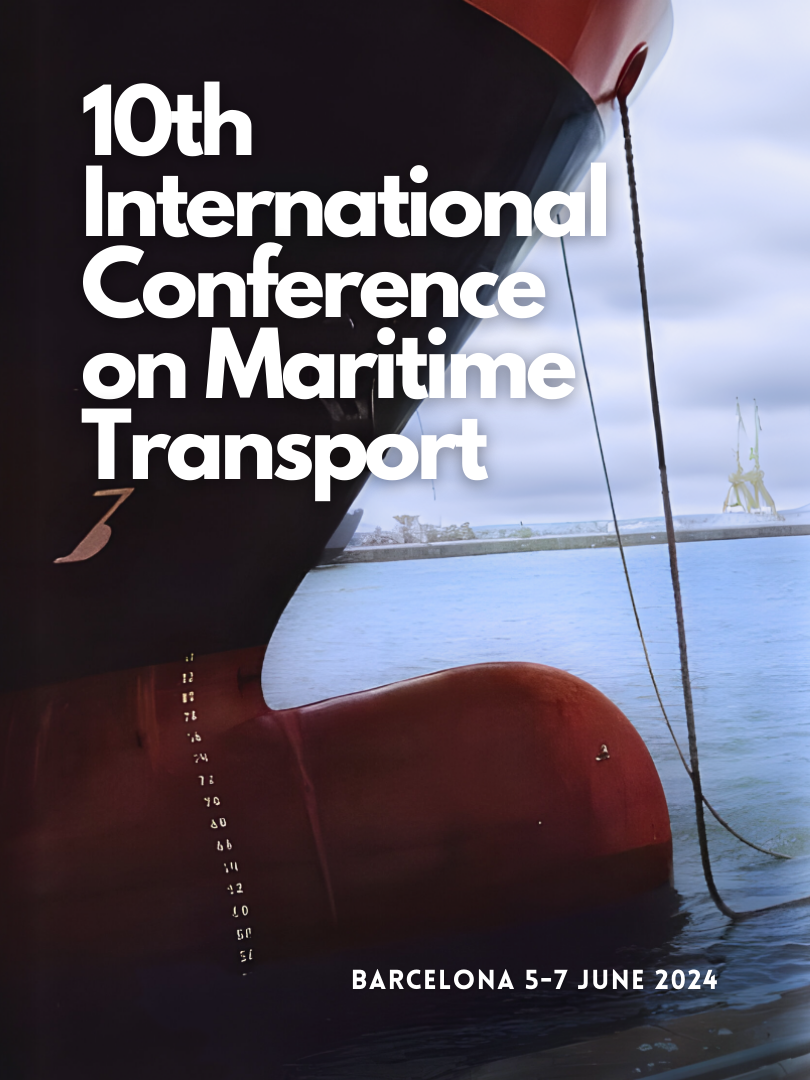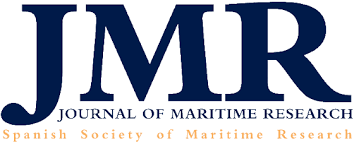The AUTOREGRESSIVE INTEGRATED MOVING AVERAGE (ARIMA) MODEL AS A TOOL FOR PREDICTING ACCIDENTS IN THE MARITIME DOMAIN: THE CASE OF THE GALICIAN FISHING FLEET
DOI:
https://doi.org/10.5821/mt.13137Keywords:
forecast, fishing, accident, safetyAbstract
The Autoregressive Integrated Moving Average (ARIMA) model has proven to be a powerful statistical prediction technique due to its simplicity and wide acceptance. Its main application lies within the realms of economics and social sciences, although not limited to these. This study explores its utilization in the context of maritime safety within the Galician fishing fleet. Specifically, its application is proposed for predicting the vessels involved in accidents quarterly index.
The Galician fishing environment, of significant socioeconomic relevance to the region, is affected by serious accidents compromising its sustainability. The vessels involved in accidents index, derived from investigation reports by the Maritime Accident Investigation Commission (CIAIM) and fleet data collected by the European Fishing Vessel Register, depicts the annual evolution of these accidents in relation to the decreasing fishing capacity of the fleet. Analysis of quarterly values for the period between 2011 and 2021 indicates that accidents are recurrent and persistent in nature.
Using the proposed ARIMA model, index values for the quarters of 2022 were forecasted and the model's effectiveness was validated by comparing the obtained results with actual observed data.
The outcomes support the utility of ARIMA model as a tool for predicting maritime accidents and pave the way for future research in the field of safety. In the studied case, this predictive capacity supports proactive safety management on board while providing a solid foundation for the adoption of preventive initiatives in both public and private sectors within the industry.












